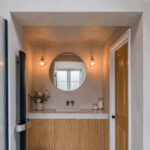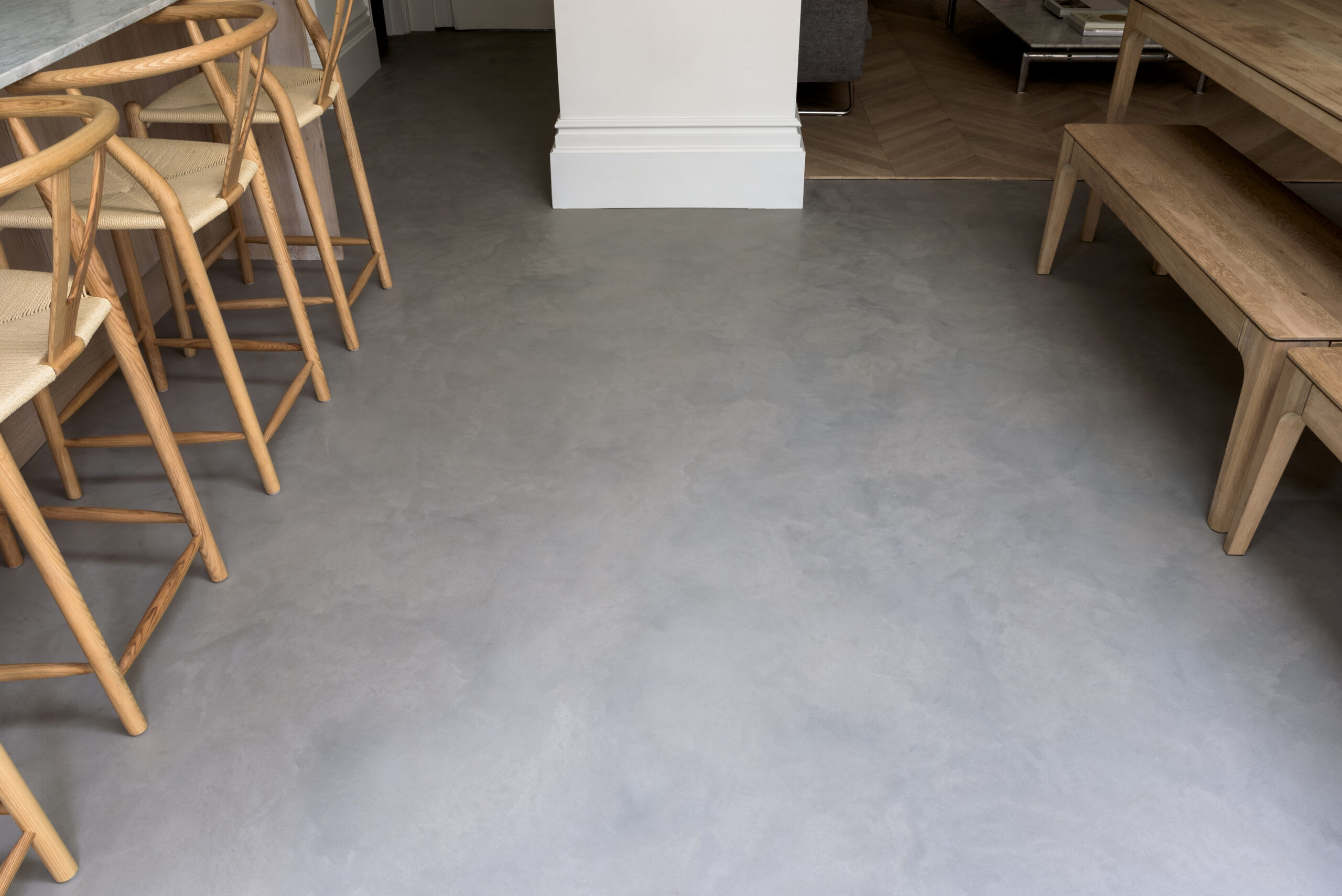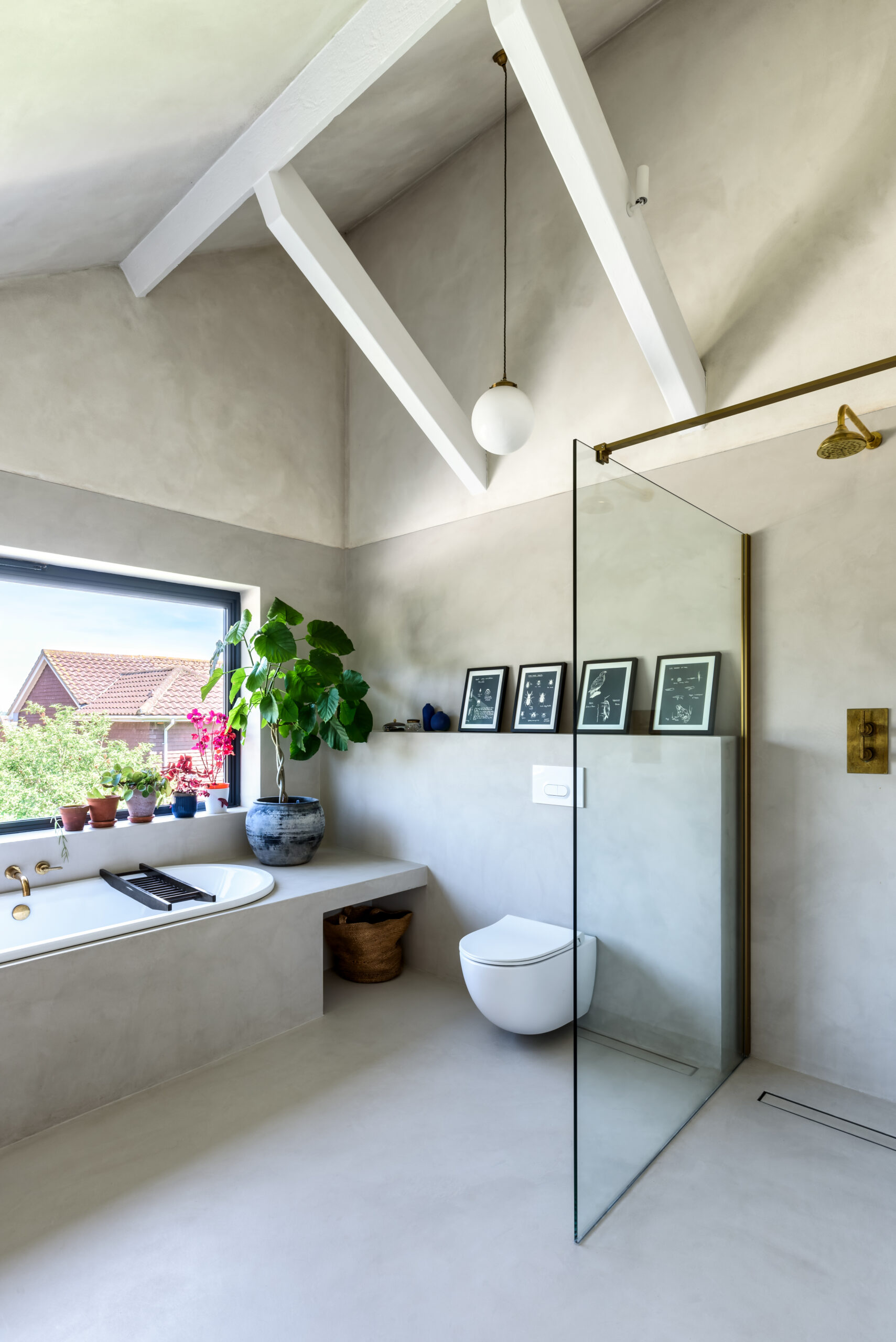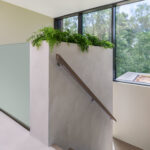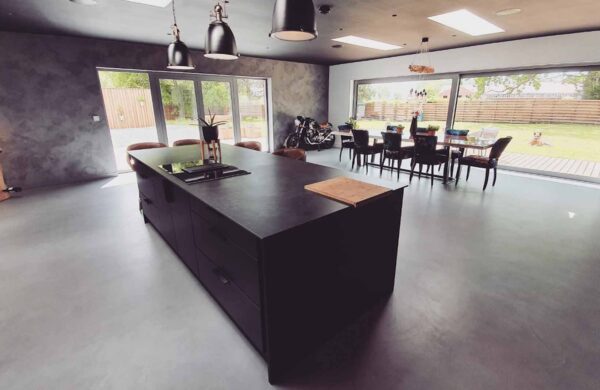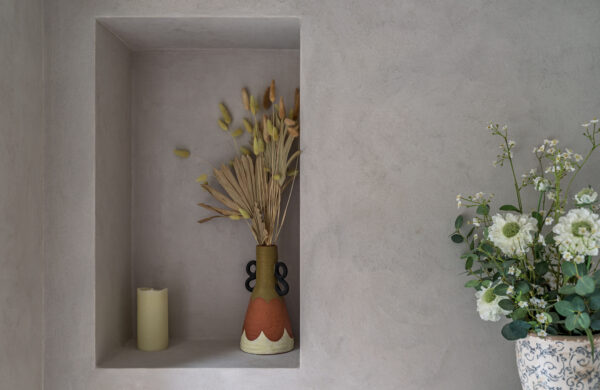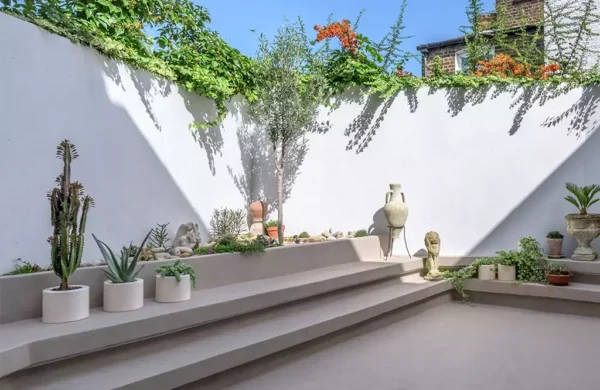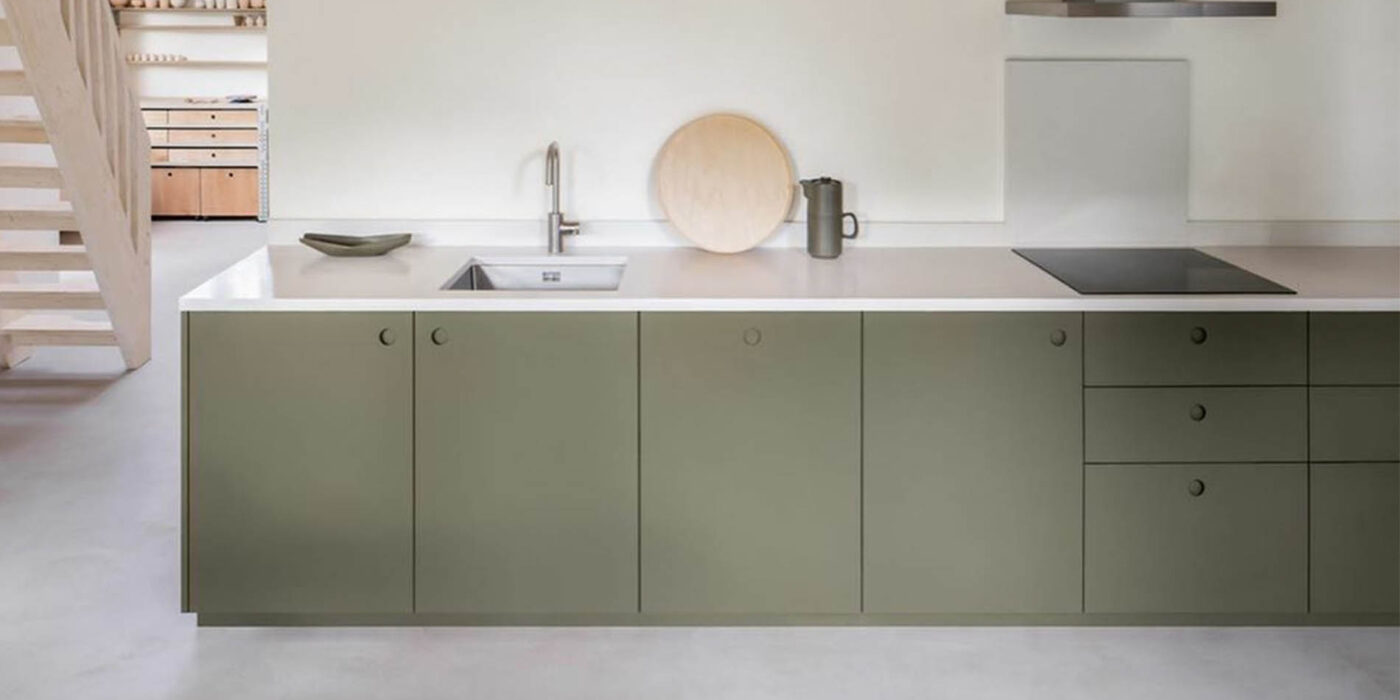
Microcement in New Zealand is transforming the way homeowners, architects and designers approach interior and exterior finishes. From Auckland and Tauranga to Wellington, Queenstown and Christchurch, microcement is gaining popularity for its seamless, waterproof and highly durable qualities.
At Forcrete, we are proud to lead this shift, providing professional-grade systems trusted by installers and specified in projects worldwide.
Whether you are renovating a bathroom, upgrading a kitchen, or designing a commercial property, microcement delivers a contemporary finish that balances beauty with performance.
Why microcement is growing in popularity in New Zealand
Across New Zealand, design trends are moving toward minimalism, natural materials and sustainable building solutions. Microcement answers these needs with its unique combination of technical performance and aesthetic versatility:
- Seamless surfaces with no grout lines or joints
- Ultra-thin application (2–3mm), ideal for renovations without raising floor levels
- Fully waterproof without sealer, perfect for wet rooms, bathrooms and kitchens
- Custom colour blending to suit New Zealand’s diverse architectural styles, from coastal modern homes to rural farmhouses
- Durability and crack resistance ensure long-lasting performance in both residential and commercial projects.
Unlike decorative plasters or DIY systems, Forcrete microcement is available only to trained professionals, guaranteeing flawless results every time.
Learn more about our professional microcement systems in New Zealand.
Applications of microcement in New Zealand homes
Microcement bathrooms and wet rooms
Microcement bathrooms are becoming one of the most sought-after design features in New Zealand homes. Seamless, hygienic and fully waterproof, they eliminate grout lines, making them easier to clean and resistant to mould. Combined with glass panels, brassware, or natural timber, they create spa-like retreats in both city apartments and rural homes.
Explore more about microcement bathrooms.
Microcement kitchens
In kitchens, microcement brings versatility across worktops, splashbacks, flooring and feature walls. Its scratch and stain resistance make it ideal for busy households, while its colour range allows designers to achieve everything from sleek, minimalist finishes to rustic stone effects.
Microcement floors and living spaces
For open-plan living areas, microcement provides a smooth, continuous surface that connects spaces without interruption. It’s particularly popular in New Zealand’s modern new builds and barn-style conversions. Because microcement can be applied directly over tiles or screeds, it also reduces the mess and disruption of traditional renovations.
Why choose Forcrete for microcement in New Zealand?
At Forcrete, we have set the industry benchmark for microcement technology. Our systems are fully waterproof without the need for a sealer, offering reliability that many alternatives cannot match. We also work exclusively with approved professionals to ensure consistency and quality across every project.
Key reasons to choose Forcrete microcement in New Zealand:
- Approved installer network for trusted application standards
- Technical training and support for architects, designers and contractors
- Proven strength and durability, suitable for high-traffic residential and commercial areas
- Design versatility, from soft matte tones to high-gloss statement finishes.
Find a Forcrete-approved installer.
FAQs: Microcement in New Zealand
What is the cost of microcement in New Zealand?
Microcement pricing depends on the project size, substrate preparation and chosen finish. On average, microcement in New Zealand is comparable to high-quality tiles or polished concrete but offers greater design freedom and flexibility.
Can microcement be used outdoors in New Zealand?
Yes. Forcrete microcement can be applied to patios, terraces and external walls when specified correctly. Its resilience makes it suitable for New Zealand’s coastal and varied weather conditions.
How long does microcement last?
When applied by a trained professional, microcement can last for decades. Its flexibility, strength and resistance to cracking make it ideal for both homes and commercial spaces.
Is microcement sustainable?
Yes. With a 2–3mm build-up, microcement uses less material than tiles or concrete. Its durability also means fewer replacements, making it a more sustainable option for New Zealand homeowners.
Can microcement be applied over existing tiles?
Yes. In most cases, microcement can be applied directly over stable tiles, screeds or cement boards, reducing demolition costs and speeding up the installation.
Is microcement cheaper than polished concrete in New Zealand?
In many cases, yes. Microcement provides a similar seamless look without the extensive preparation and thickness of polished concrete, making it a cost-effective alternative.
Can I DIY microcement in New Zealand?
Forcrete microcement is designed exclusively for professional use, ensuring surfaces perform as intended and maintain their long-term durability.
What colours of microcement are popular in New Zealand homes?
Neutral tones such as warm greys, stone, taupe and soft whites are especially popular, but Forcrete offers custom blending to match any design palette.
Bringing microcement to New Zealand projects
From sleek penthouses in Auckland and Wellington to rustic farmhouses in Canterbury and Otago, microcement is enhancing interiors across the country. Its strength, adaptability and seamless design make it one of the most innovative surface systems available.
At Forcrete, we deliver cutting-edge microcement systems backed by a trusted installer network in New Zealand. If you are planning a renovation or new build, our team can guide you in choosing the right solution for your project.
Contact us today to learn more about microcement in New Zealand and connect with a Forcrete-approved installer near you.


